CJC1295 + DAC
CJC‑1295 is a synthetic analogue of human growth‑hormone‑releasing hormone (GHRH) engineered with a Drug Affinity Complex (DAC) extension that enables reversible binding to serum albumin. This modification significantly extends its plasma half‑life (typically ~6‑8 days) and sustains stimulating pulses of endogenous growth hormone (GH) release from the anterior pituitary.By activating the GHRH receptor, it drives physiological GH release and subsequent insulin‑like growth factor‑1 (IGF‑1) production in peripheral tissues — supporting anabolic signalling, tissue repair mechanisms and metabolic regulation.
$19.99
Product Details
CJC‑1295 is a synthetic analogue of human growth‑hormone‑releasing hormone (GHRH) engineered with a Drug Affinity Complex (DAC) extension that enables reversible binding to serum albumin. This modification significantly extends its plasma half‑life (typically ~6‑8 days) and sustains stimulating pulses of endogenous growth hormone (GH) release from the anterior pituitary.By activating the GHRH receptor, it drives physiological GH release and subsequent insulin‑like growth factor‑1 (IGF‑1) production in peripheral tissues — supporting anabolic signalling, tissue repair mechanisms and metabolic regulation.
For research use only; not approved for human or veterinary therapeutic use.
Being studied for:
Stimulating endogenous growth hormone (GH) secretion from the anterior pituitary via GHRH‑receptor activation.
Elevating circulating insulin‑like growth factor‑1 (IGF‑1) levels and engaging downstream anabolic signalling pathways (e.g., PI3K/Akt, JAK/STAT) in research models.
Improving body composition in preclinical/early settings: increasing lean mass, decreasing fat mass (including visceral fat) via GH/IGF‑1‑mediated metabolism and lipolysis.
Supporting tissue repair, regeneration and recovery (e.g., in catabolic states or experimental injury models) through sustained GH/IGF‑1 activity.
Investigating age‑related decline in growth hormone axis (“somatopause”) and endocrine balance: how long‑acting GHRH analogues might restore GH pulsatility or counter GH‑axis suppression.
Examining pharmacokinetics and long‑acting peptide design: the “DAC” (Drug Affinity Complex) modification binds albumin to prolong half‑life—to ~6‑8 days in human research settings.
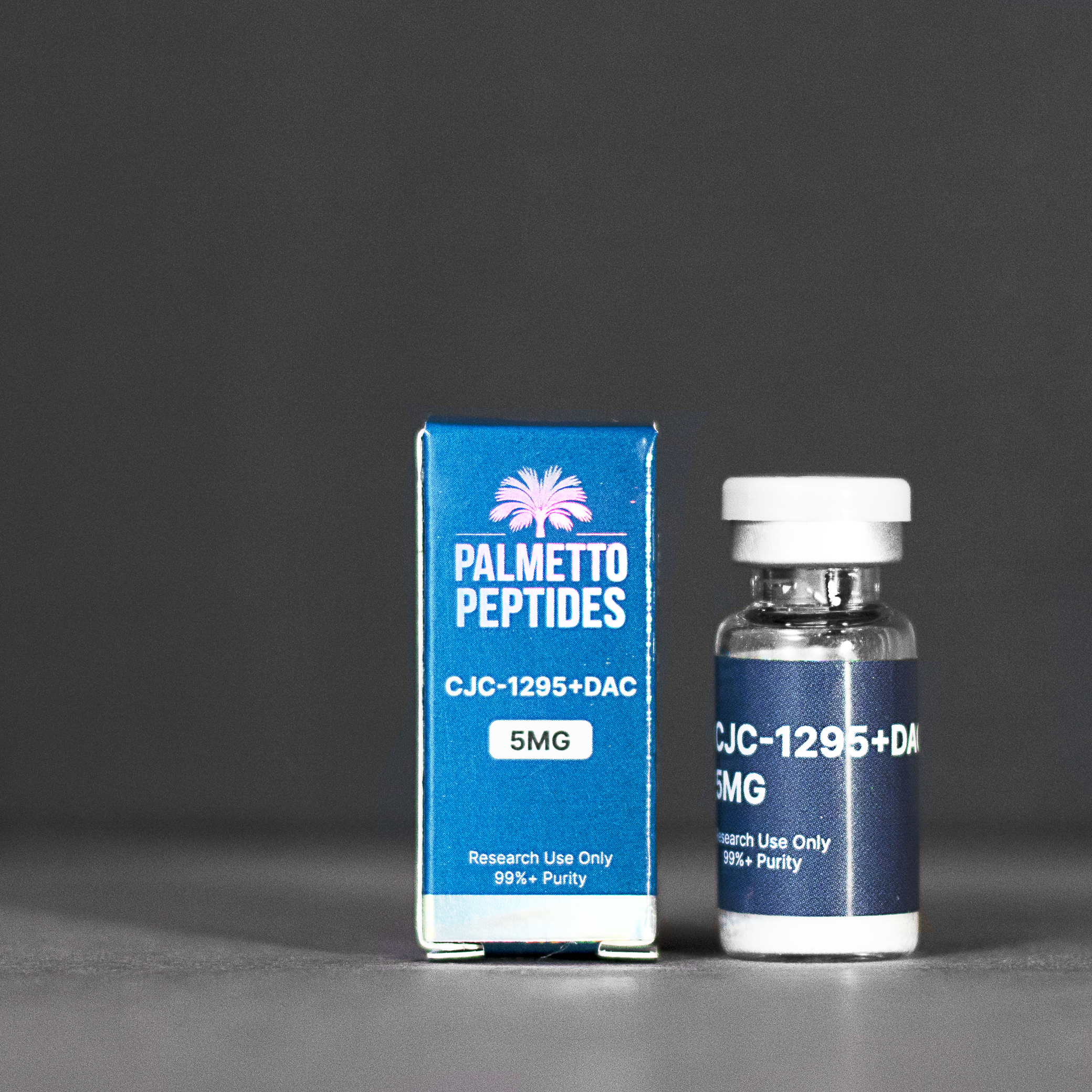
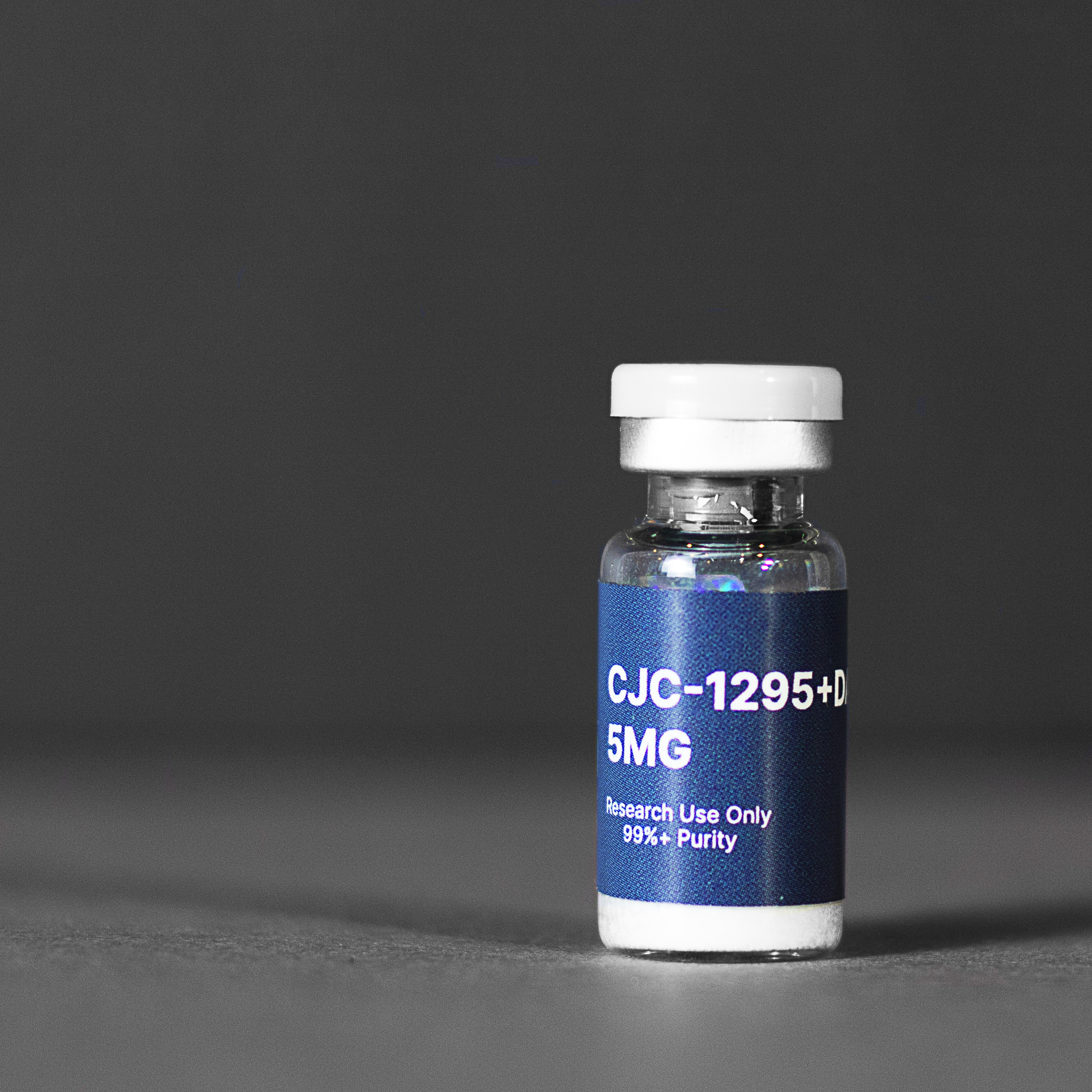
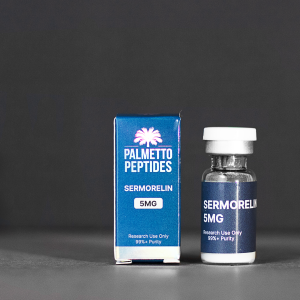
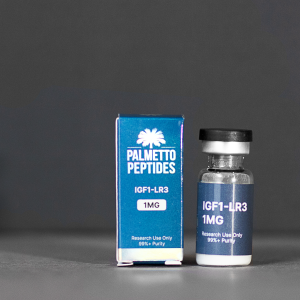
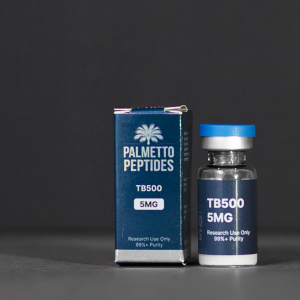
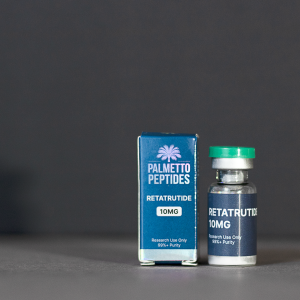
Reviews